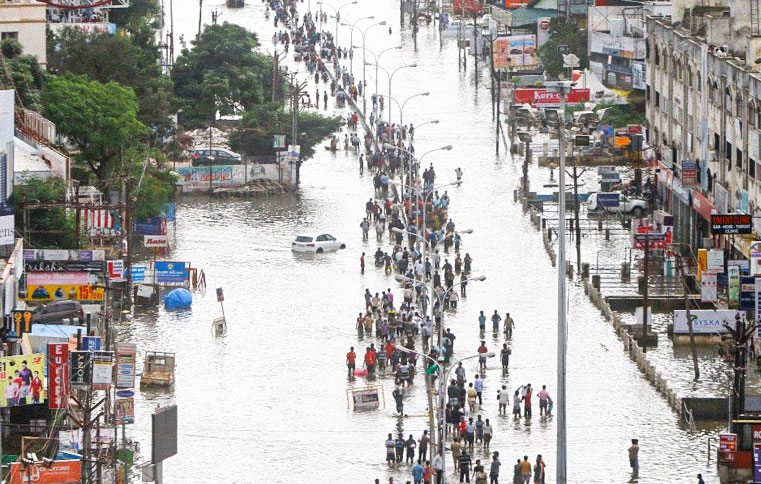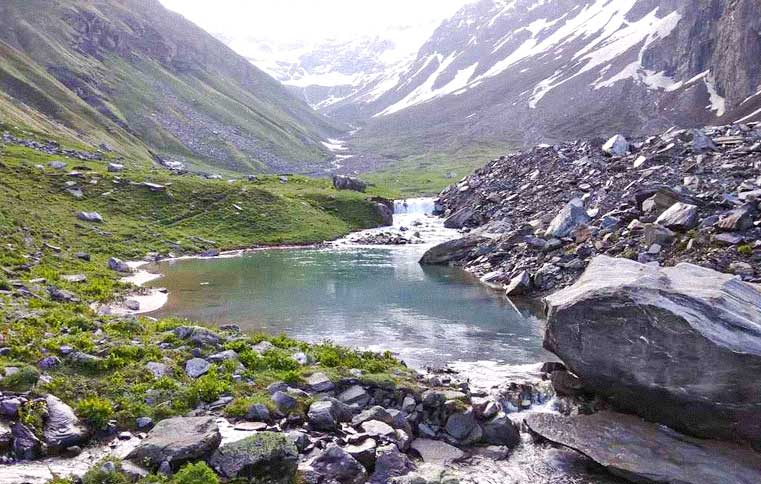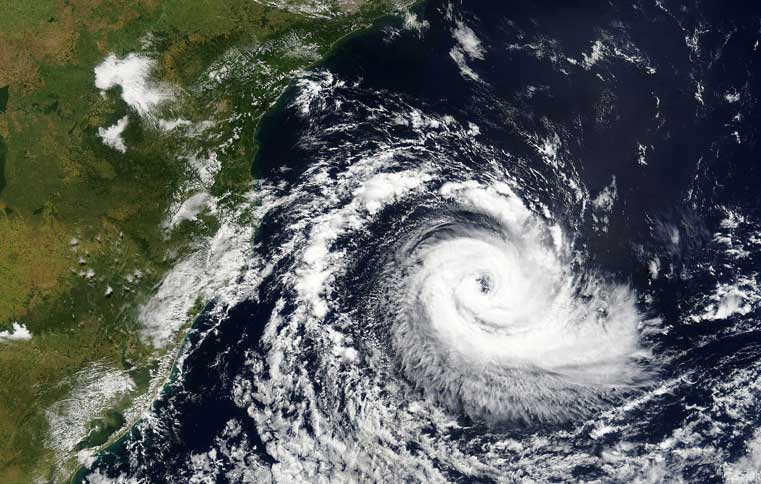Study: Water use reduction in thermal power plants using satellite imagery
By: Kamakshi Tatkare | Date: 13th January 2020
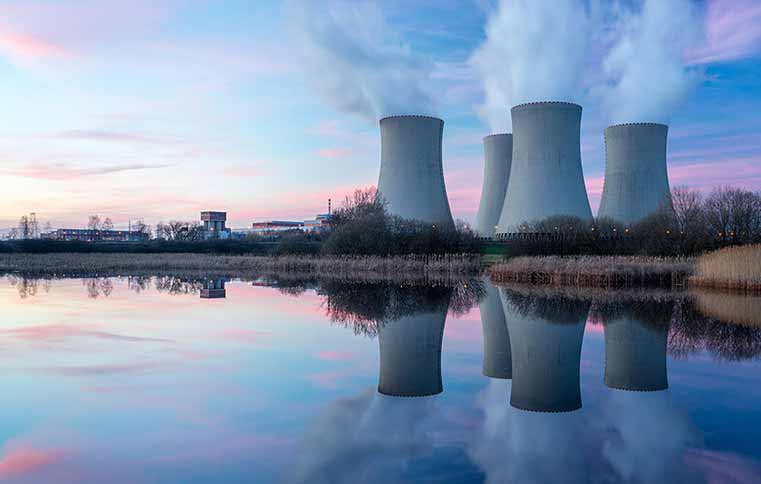 Image Source: The Market Herald
Image Source: The Market Herald
Water and Energy are the two finite resources that are of paramount importance for carrying out tasks from the most run-of-the-mill like baking breads at home to the most sophisticated like transportation, dilution & fabrication during product manufacturing in industries.
These resources are crucial for supporting a rapidly growing global population that is projected to reach 9.7 billion in 2050 by United Nations.
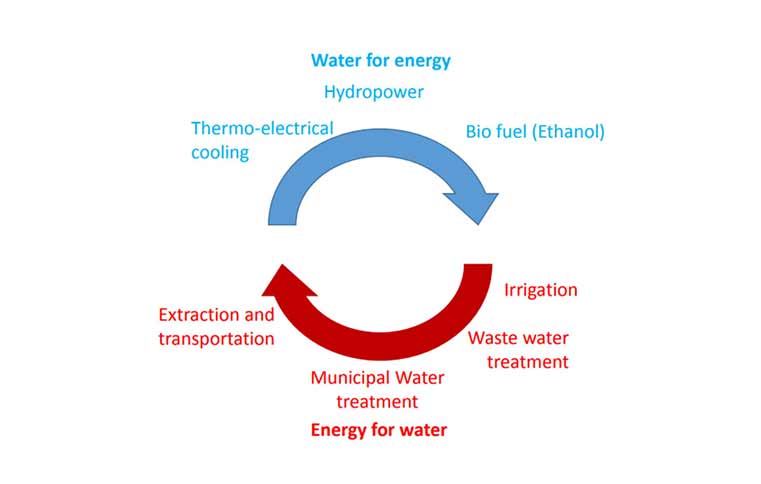 Image Source: IITG
Image Source: IITG
Of course we need electricity to purify, desalinate & pump water to our houses but we also need water to keep our athirst power plants running. India generates about 3, 65,981 MW of power from its Thermal, Hydro, Nuclear and Renewable Energy Plants.
The Thermal power plants, which comprise of Coal (54.2%), Lignite (1.7%), Gas (6.9%) and Diesel (0.1%), generate 62.7% of the total power production and are the major source of water consumption.
This interdependence between Water and Energy, known as the Water-Energy Nexus, is becoming a sustainability concern for energy and water security across the globe.
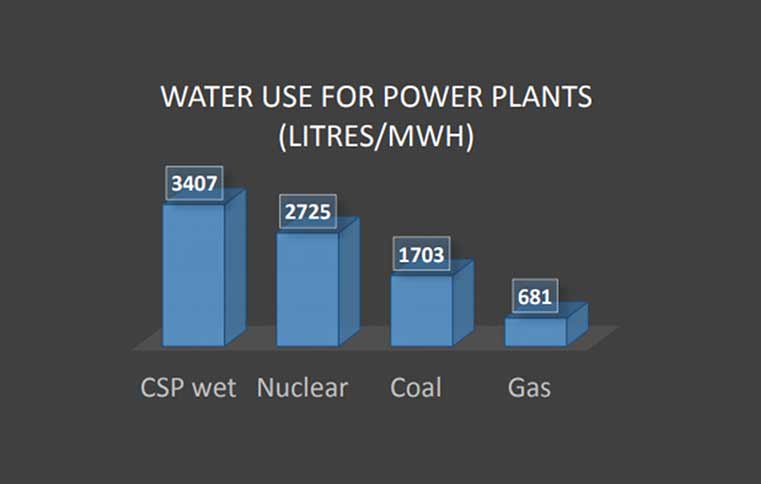 Image Source: IITG
Image Source: IITG
In case of thermal and nuclear power plants large volume of water is fed into the boilers and cooling systems as the working fluid for these plants is water.
In a research paper titled “Global scenarios for significant water use reduction in thermal power plants based on cooling water demand estimation using satellite imagery”, published in the nature energy journal, Professor Christian Breyer and his team show that the transition towards a 100% renewable electricity system can reduce the global water consumption of thermal power plants by up to 97.7%.
Factors like economic growth, increase in population, alteration in policies and climate change have a direct impact on energy and water. Climate change will lead to many issues including increase in maximum and minimum temperature, increase in rainfall intensity, and reduction in quantity of available runoff. Water Energy Nexus.
These issues can be resolved by optimizing efficiency of water used in electricity generation as well as energy used in water treatment, distribution and end use systems.
According to MNRE the installed capacity of Renewable Energy Resources in our country is 84,400 MW, which is 23.1% of total generation and the Indian energy sector is seeing a paradigm shift with acceleration towards cleaner energy solutions. These solutions which comprise of Solar photovoltaic and wind will aid greatly in water conservation.
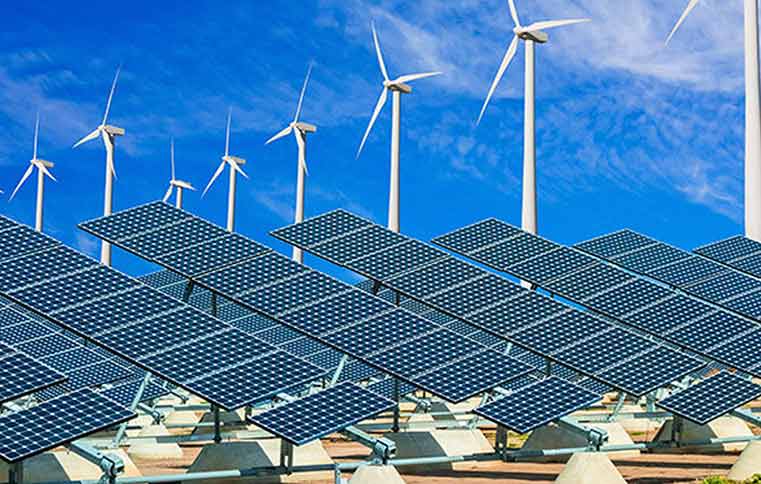 Image Source: Ensia
Image Source: Ensia
Furthermore, we have a geographical advantage that makes our country suitable for renewable energy adoption. India’s wind energy generation is rapidly increasing and we now have the fourth largest wind power capacity in the world.
Our theoretical solar power reception is about 600 TW owing to the 300 clear sunny days in a year and thus we can attain 750 GW of solar PV. According to the IRENA by 2020 the solar & wind energy costs will be the lowest.
In case of energy used in water related applications, like pumps used in groundwater irrigation, solar photovoltaic technologies can be deployed.
As Solar PV is independent from volatile fuel prices and has lower cost, the access to water will improve with shift towards solar powered irrigation. This will lead to increase in agricultural income and productivity.
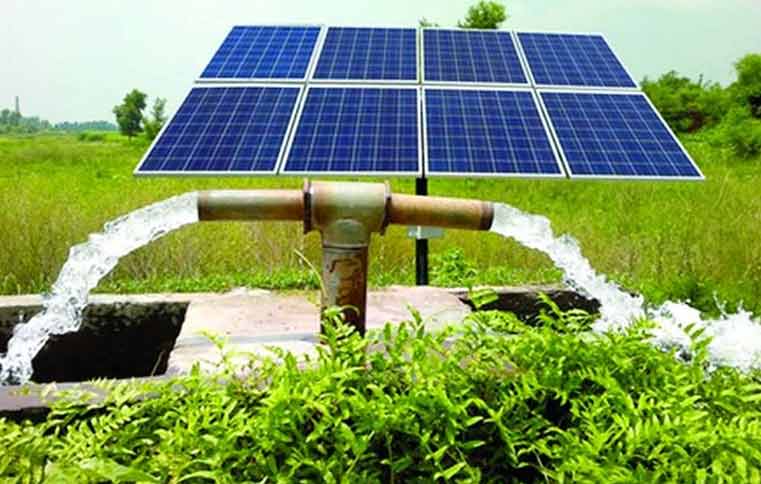 Image Source: Construction Review Online
Image Source: Construction Review Online
According to a paper published in Wiley Online Library titled “India's depleting groundwater: When science meets policy” by Namrata Chindarkar and R. Quentin Grafton says that “More than half of India's total area suffers from high baseline water stress and very low water storage (including reservoirs and groundwater) per capita.
India uses some 230 km3 of groundwater per year, making it the world's largest user of groundwater. In India, about 90% of the groundwater extracted is used by irrigation—a much higher proportion than the global average of some 40%.” Therefore, we need to face ill effects when energy is readily available and is utilized excessively.
REFERENCES:
- BP Statistical Review of World Energy 2019 | 68th edition
- Water-energy nexus
- Power Sector at a Glance ALL INDIA
- Water Energy Nexus and Need of Research
- Global scenarios for significant water use reduction in thermal power plants based on cooling water demand estimation using satellite imagery
- The water-energy nexus at rivers can be resolved worldwide by 2050 as a consequence of the energy transition
- India's depleting groundwater: When science meets policy





